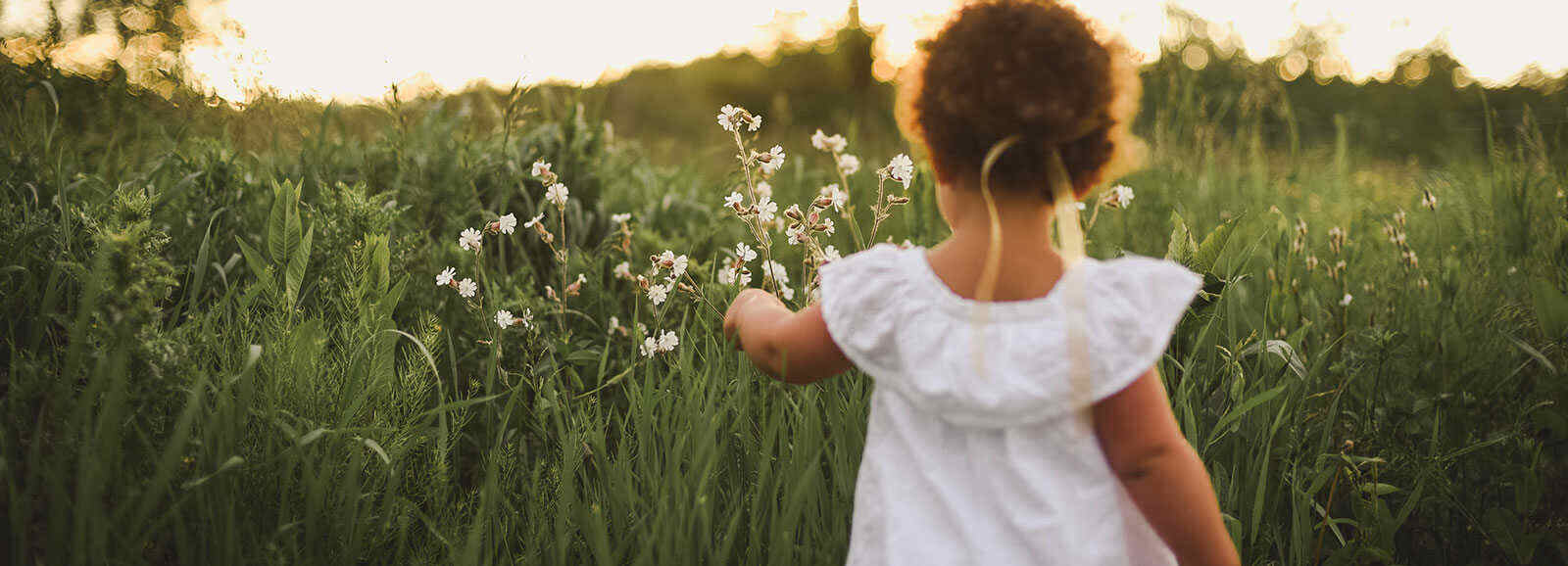Poison ivy is a well-known trigger of allergic skin rash. The resin of the plant contains an oily substance called urushiol that's easily released and spread when the leaves are crushed or rubbed.
Signs of Poison Ivy Reaction
Not everyone will experience an allergic reaction to poison ivy and sensitivity to the plant resin can change over a person’s lifetime. Usually, within hours to a few days of coming into contact with the resin, susceptible people will typically develop an itchy rash, starting as streaks or patches of reddened skin, leading to bumps and blisters. The blisters may break, and the oozing sores crust over.
Treatment:
If you suspect contact with poison ivy, try to wash right away. Even a running stream will do, but soap and water is best to remove the plant resin. The rash will usually go away on its own in a few days to a couple of weeks, but it can be uncomfortable in the meantime. Wet cold compresses or a medicated anti-itch lotion, such as POLYSPORIN® Itch Relief Lotion or POLYSPORIN® 1% Hydrocortisone Anti-Itch Cream, can soothe the rash. Oral antihistamines can also be helpful in controlling itchiness. See a doctor if the rash is severe, is on the face or genitals, or covers a large proportion of the body.
Prevention Tips:
Learn to identify poison ivy plants (slightly glossy green leaves growing in groups of three) and avoid contact.
If you are in heavily wooded areas and it is impossible to avoid them, wear long sleeves, long pants, and gloves.
Remember, the oils can cling to your family pet's fur, so be careful when handling your pet after spending time in wooded areas — a bath may be necessary.
